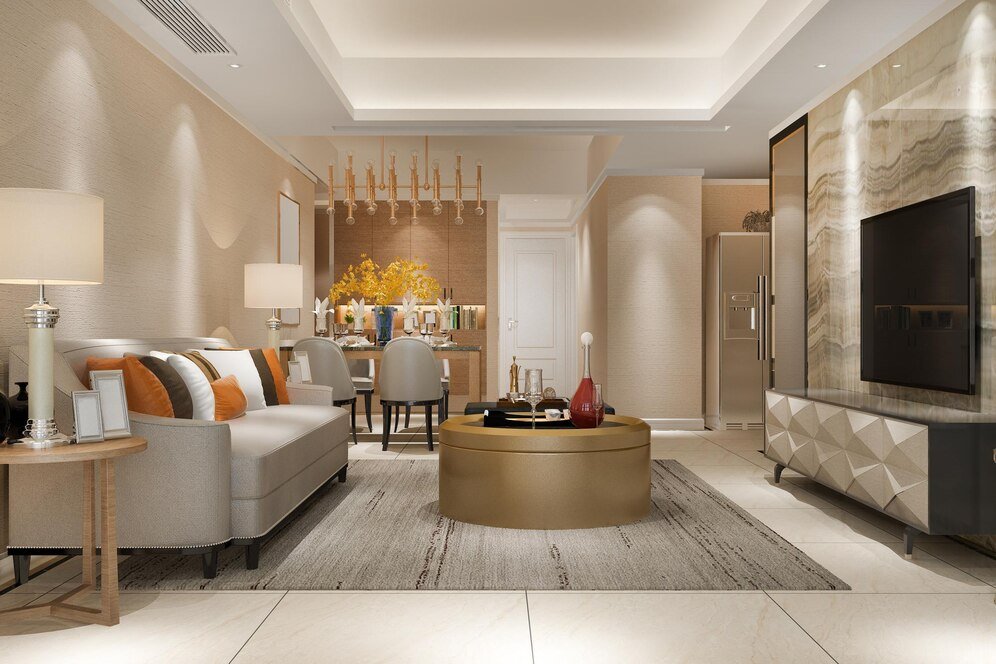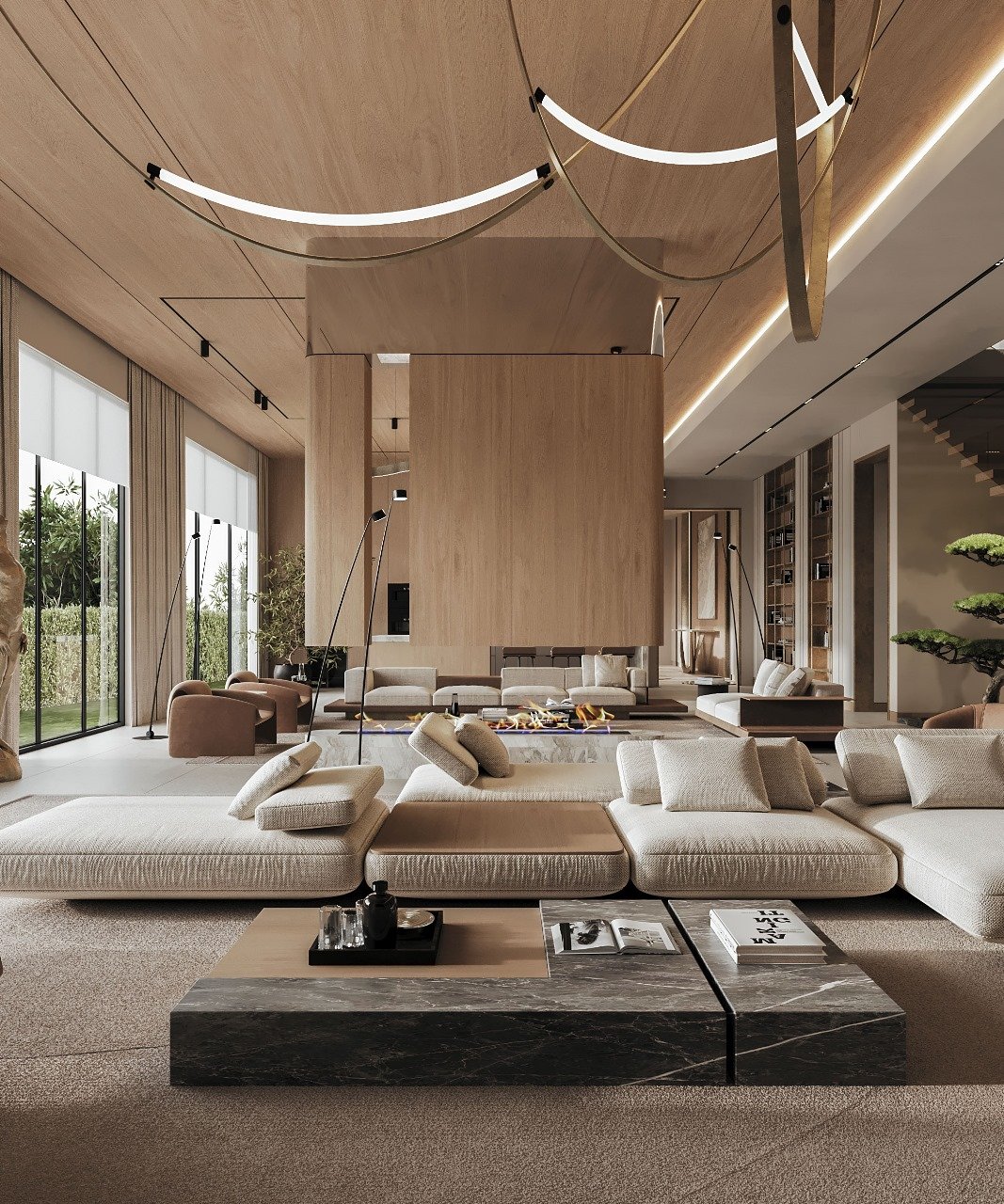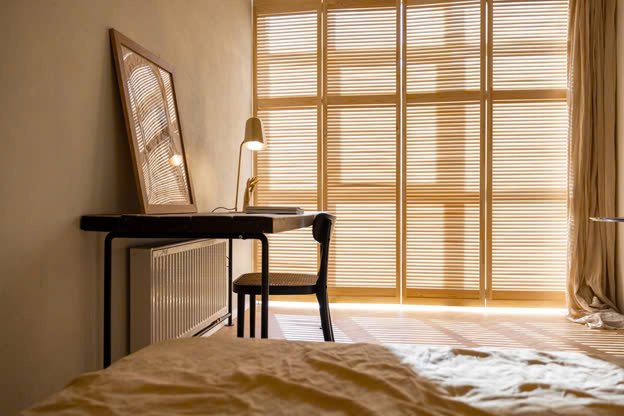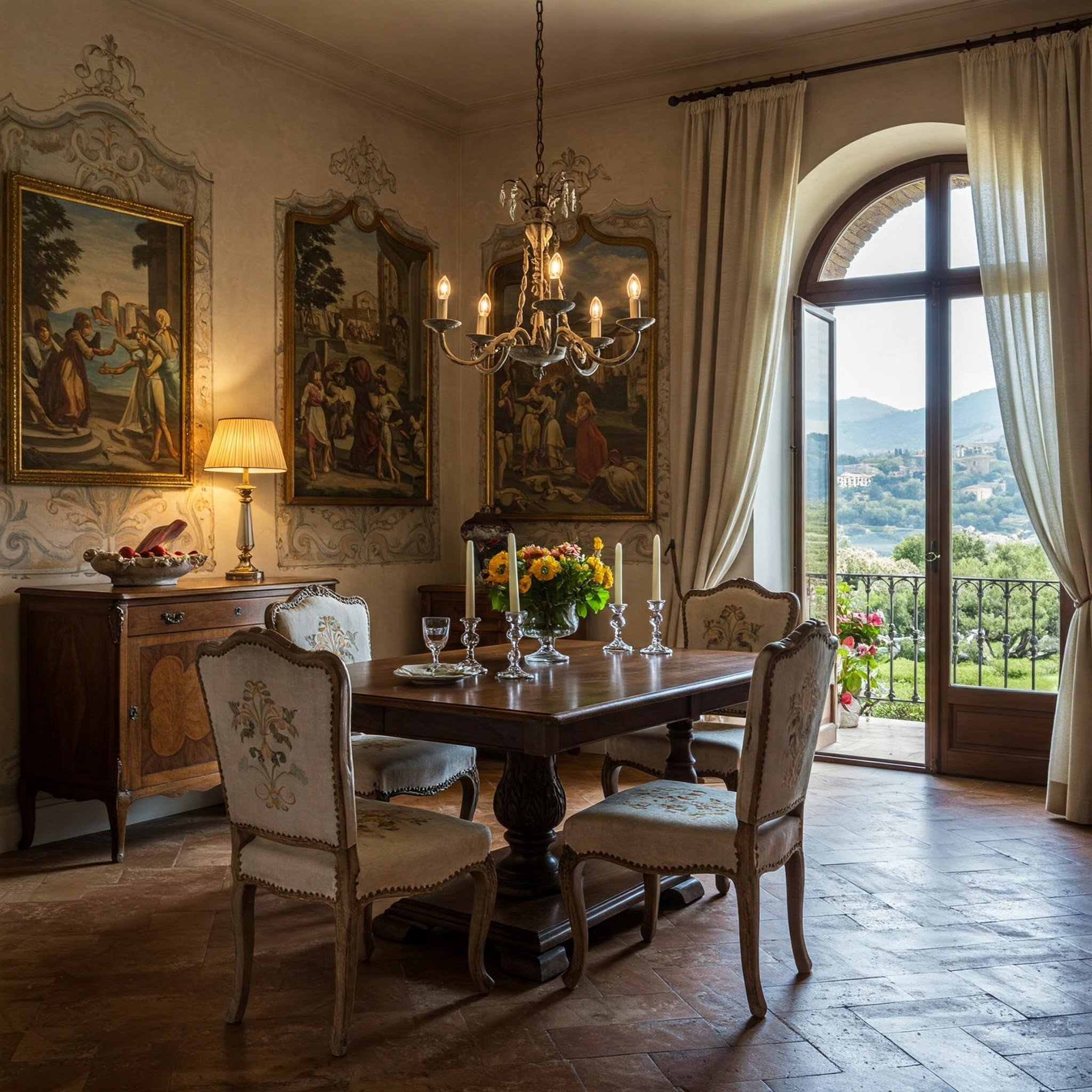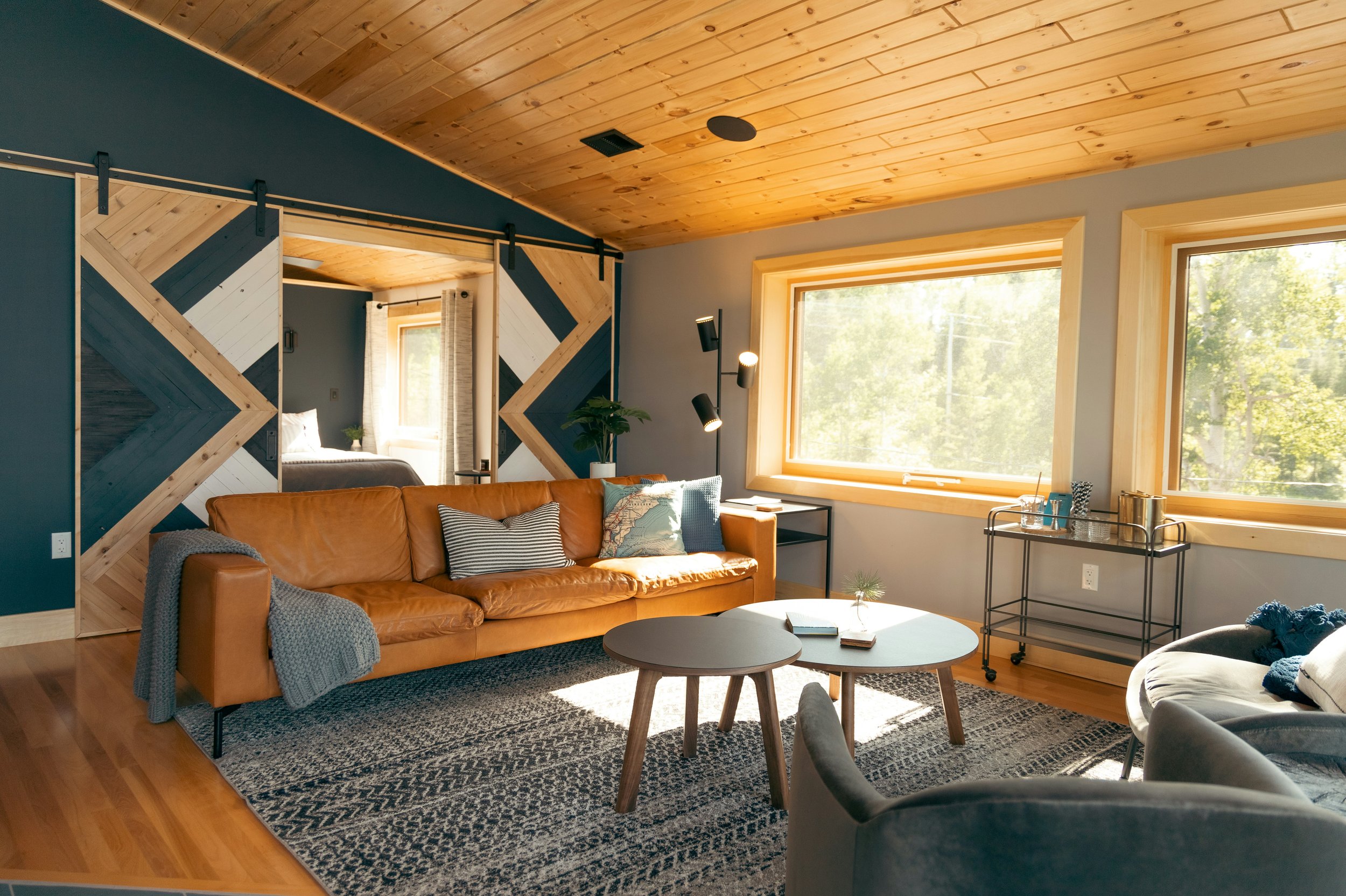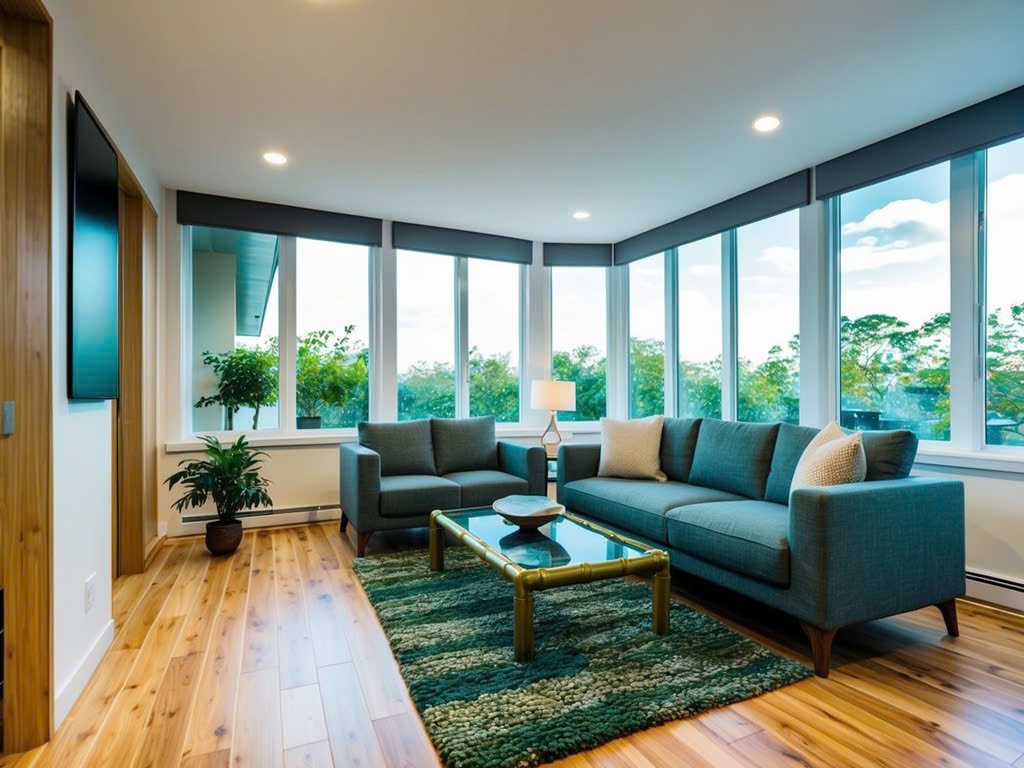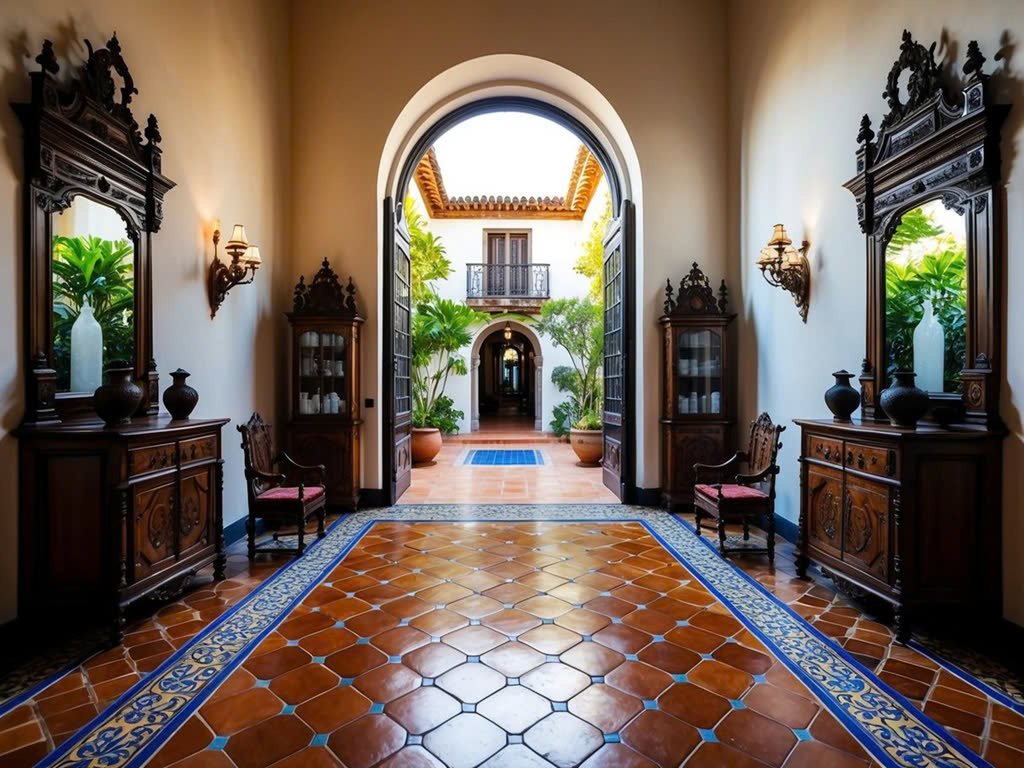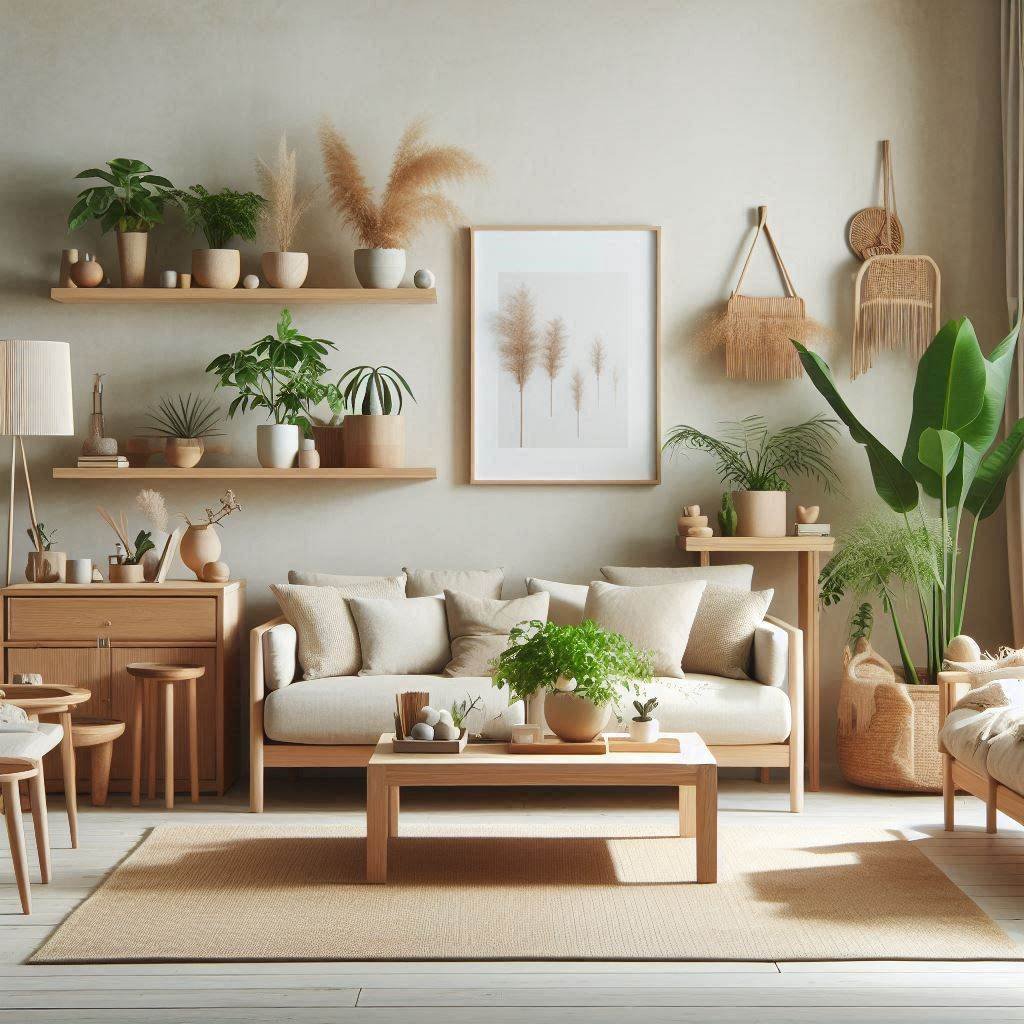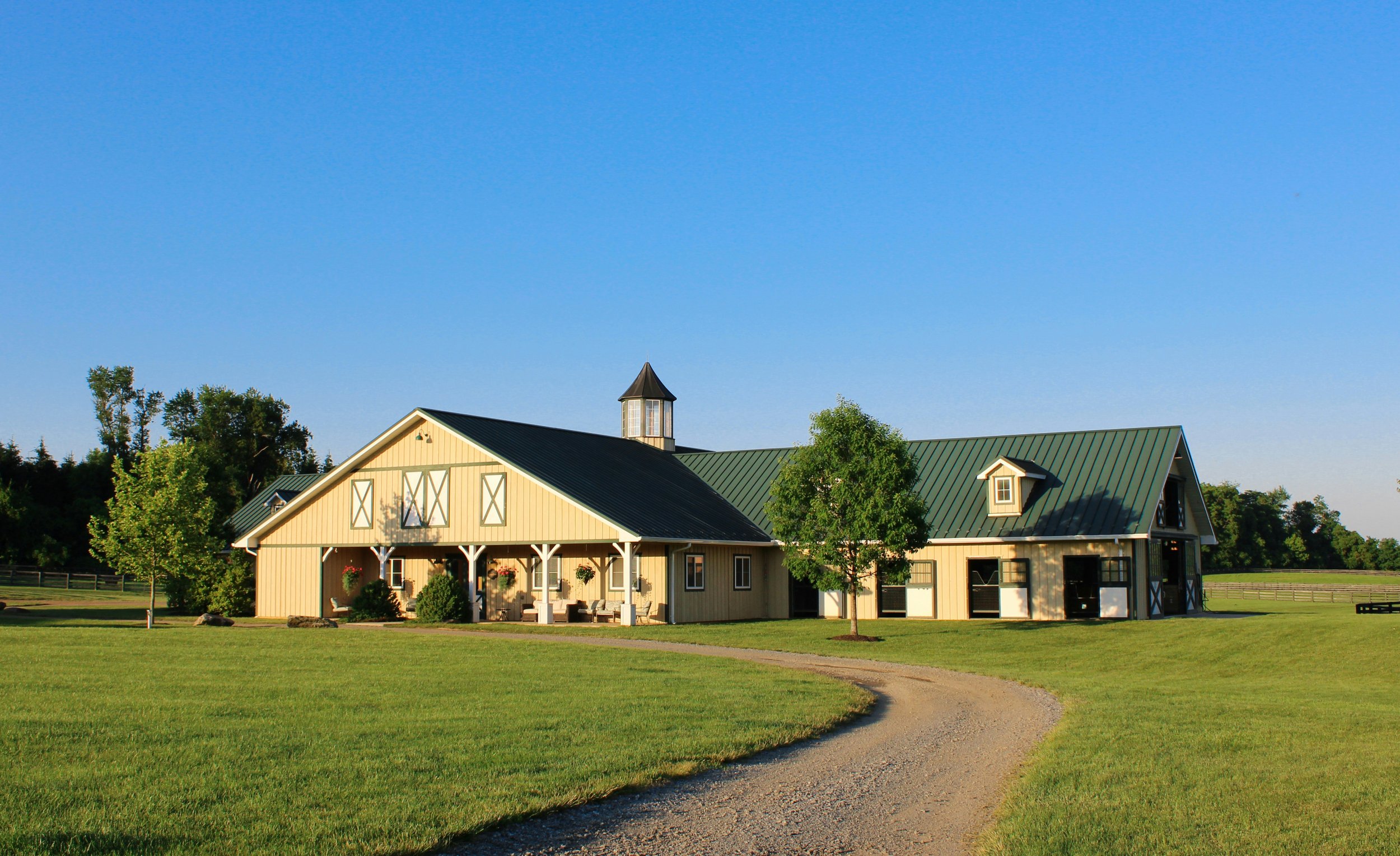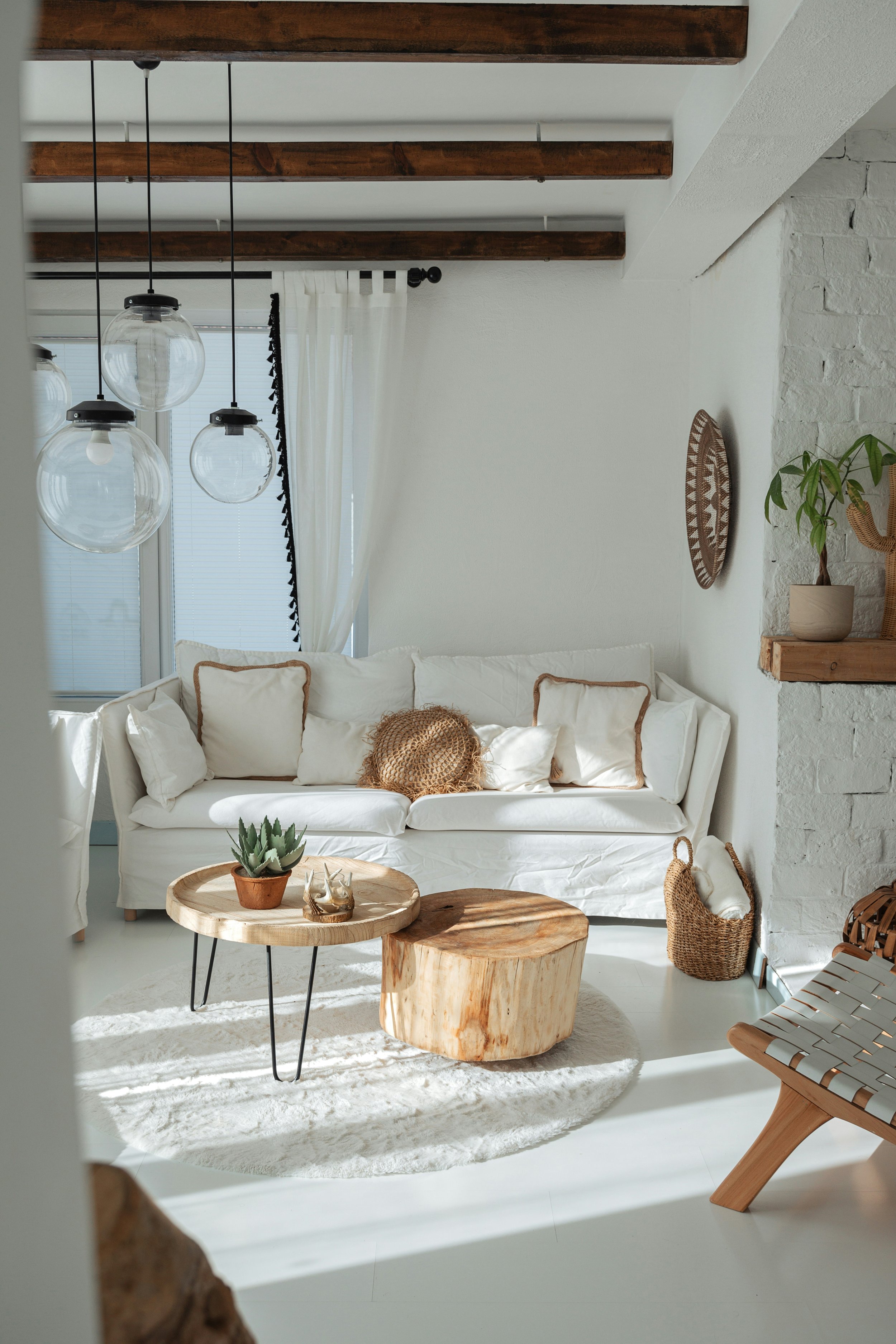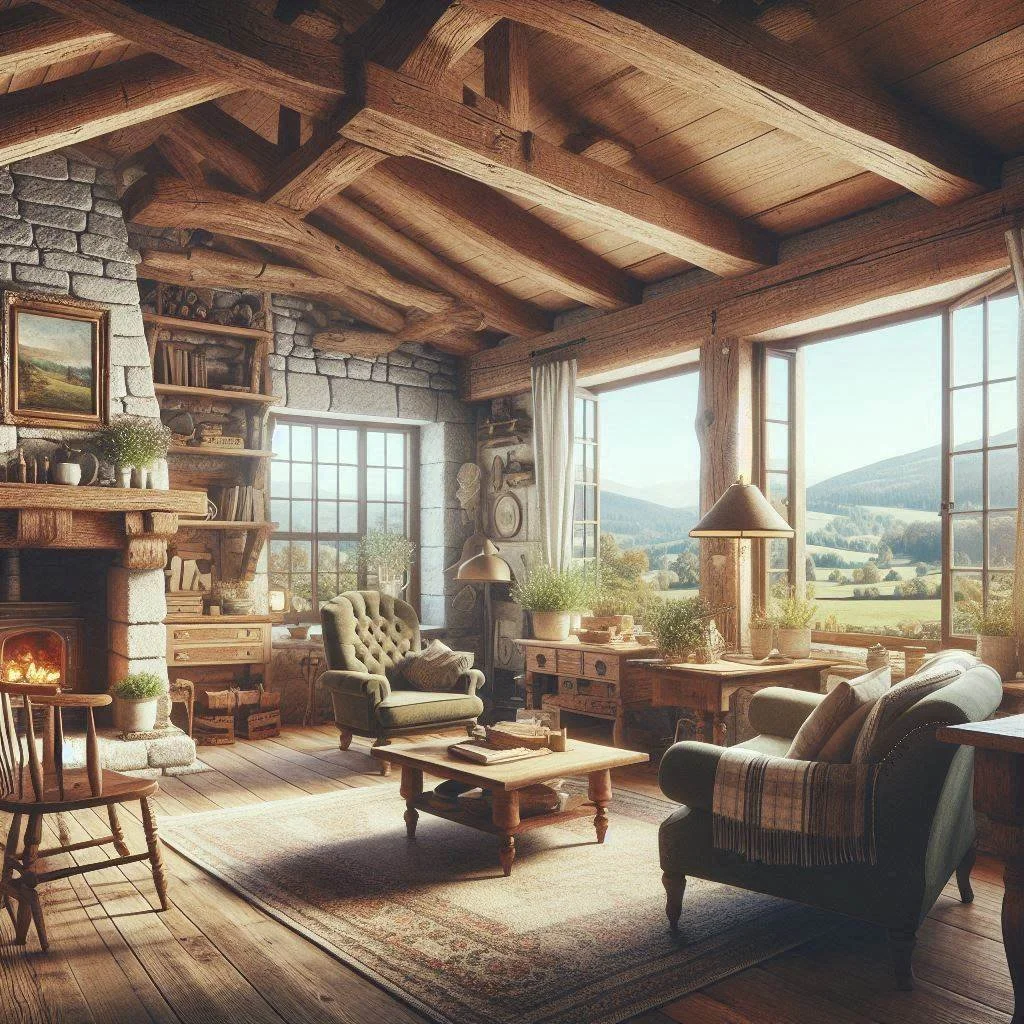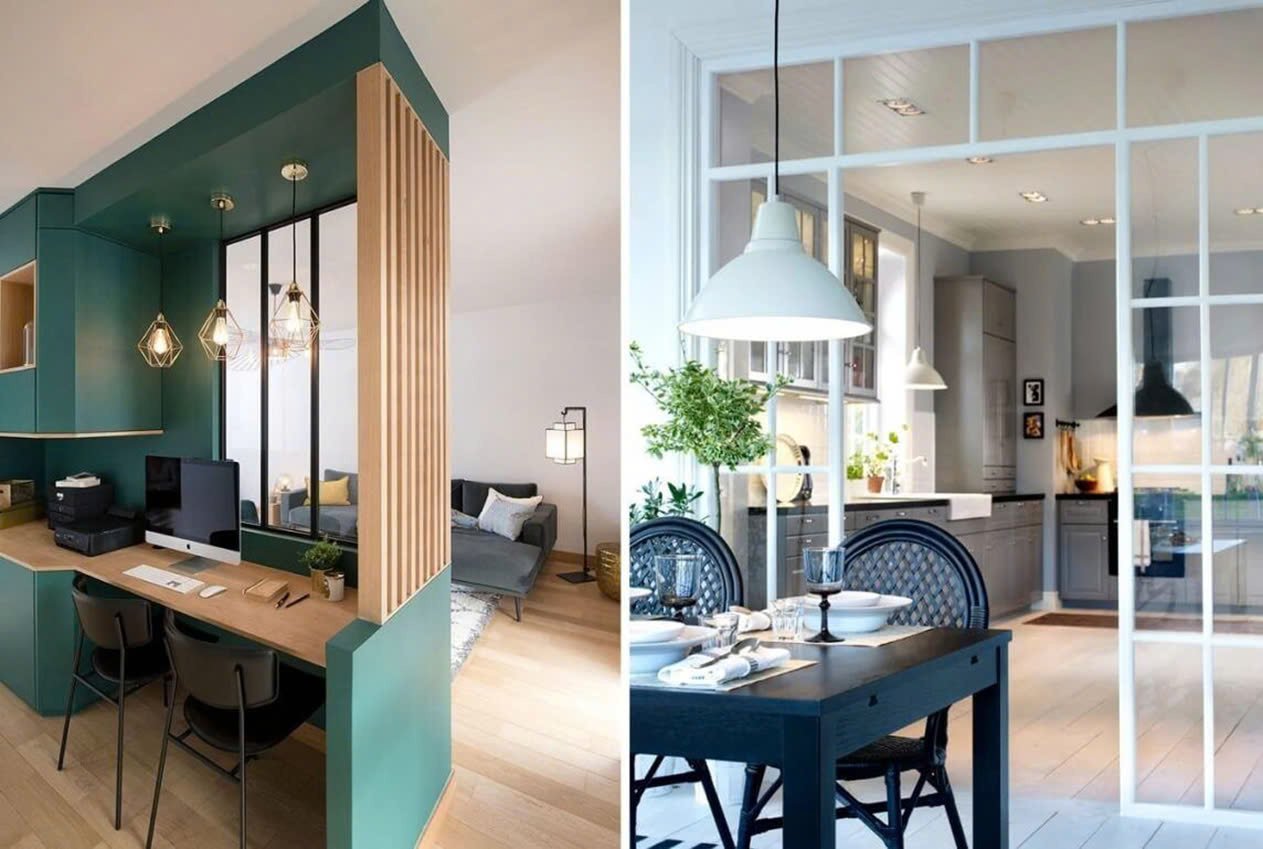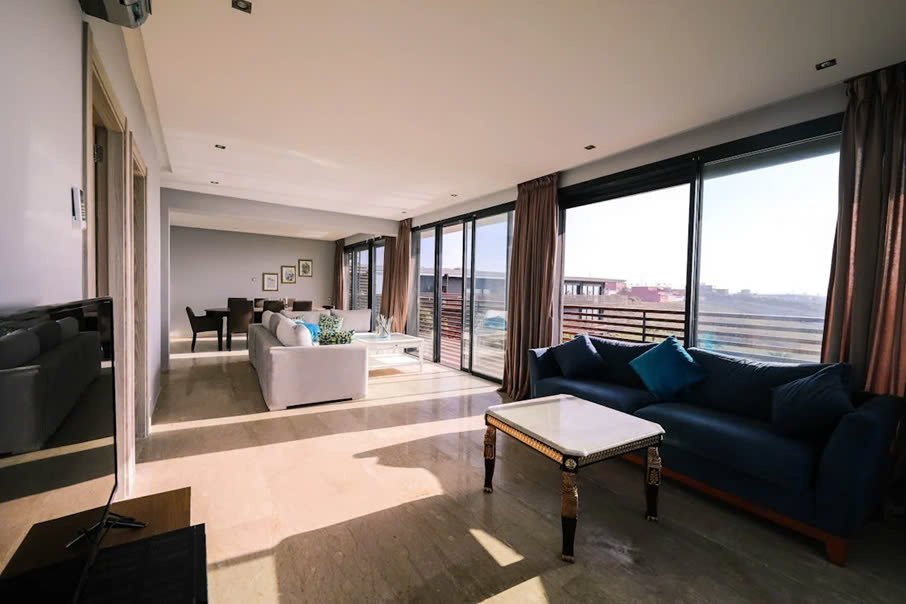Interior Design Trends and Perspectives: The Ultimate Guide for 2024
Explore the ultimate guide to interior design trends and perspectives for 2024. Discover the latest styles, colors, and concepts to transform your home into a modern and stylish haven.
It is now 2024 and changes in relation to the science of interior design remain progressive that can be confirmed by the new trends and new outlooks in today’s world different from the ones we had in the past. For homeowners who wish to redesign their home, identifying these trends will assist in coming up with new looks and, for the interior designers, it will enable one to come up with new creative interiors, which are also ecological. This comprehensive guide explores the most significant interior design trends of 2024, providing you with the inspiration and knowledge needed to transform any space.
If interior design is your passion, try yourself as a CAD remote designer and contribute to this dynamic field with your vision of a modern interior.
1. Sustainability and Eco-Friendly Design
Sustainability and efforts in ecological design have formed one of the primarily recognizable movements in 2024. When the importance of environmental conservation is created in the minds of people, many are looking for how to minimize their impacts as individuals in their homes. This shift is evident in several aspects of interior design:
Sustainable Materials: Their use is on the rise because of the increasing emphasis on sustainability and eco-friendly design. Curated timber, particularly bamboo, together with recycled metal and wormwood are nowadays usual in interior design. Apart from improving the environmental situation these materials also provide a unique look to spaces.
Energy Efficiency: A few examples of such measures are the installation of energy-efficient heating systems, appliances and lighting. LED lighting, smart thermostats, and energy-efficient windows are now considered essential components of a sustainable home.
Biophilic Design: This is further highlighted by the on-going trend that celebrates humanity and its connection with nature. Some natural features such as indoor plants, water components and natural light also help the occupants achieve enhanced standards of wellbeing.
According to a report by the World Green Building Council, buildings are responsible for approximately 39% of global carbon emissions. This statistic underscores the importance of adopting sustainable practices in interior design.
2. Multifunctional Spaces
Due to the changes in the common work setting with the beginning of the Covid-19 pandemic and the need to create environments that are multipurpose, multifunctional rooms have gained popularity. Living spaces have evolved not to mean homes are simply habitats but they are work, exercise and entertaining venues as well. Key elements of this trend include:Key elements of this trend include:
Flexible Furniture: Products that can be multipurpose are crucial. Think about double purpose furniture like a sofa-bed or even a foldable office desk or a dining table that unfolds to double the size.
Room Dividers: Dividing the room using screens to ensure one gets specific sections in a single area improves efficiency when it comes to organizing small spaces such as apartments and homes with an open floor design.
Smart Storage Solutions: Maximizing storage without sacrificing aesthetics is important. Built-in shelves, under-bed storage, and hidden compartments can help keep spaces organized and clutter-free.
A study by the Pew Research Center found that 59% of U.S. workers with jobs that can be done from home are working remotely all or most of the time. This statistic perfectly demonstrates that there is an increasing demand for houses with office spaces.
3. Bold Colors and Patterns
After years of neutral palettes dominating the interior design scene, 2024 is seeing a resurgence of bold colors and patterns This trend is all about making a statement and infusing personality into spaces.
Vibrant Hues: While pastels and soft shades are still popular, the vibrant and darker shades such as deep blue, green and red are the new trend. These shades can be applied on the walls, furniture, and other ornaments to create focal points.
Maximalism: In contrast with the uncomplicated and plain moods of the minimalistic interiors, the minimalist approach presupposes more of everything – more vivid colors, more distinct patterns, and more diverse textures. As compared to neoclassical architecture, this style avoids conformity and inspires imagination.
Geometric Patterns: Geometric patterns, whether on wallpaper, tiles, or textiles, add a modern touch to any room. These patterns can be subtle or striking, depending on the overall design scheme.
Color of the year 2024, ‘Radiant Red’ from The Pantone Color Institute follows the same narrative, conveying the message of energy, passion, and creativity.
4. Vintage and Retro Influences
Trends that originated from the 90s and the 80s are still hot with interior design using a lot of vintages and retro designs. These elements can add warmth, character, and a sense of history to modern interiors:
Mid-Century Modern: This style, with its minimalistic and highly geometric look, or geometrically flowing shapes and rationalistic functioning, is still very popular. Classic furniture designs of the 1950s and 60s are modernized so that they can fit in homes of today.
Art Deco: Art Deco is a striking style that exhibits rich fabrics, strong geometric shapes, and lavish stenciling and is experiencing revitalization. It means a possibility to introduce mirror-like solutions, brass-accented details, and furniture made from luxurious fabrics.
Antique Finds: Mixing current trends with antiques or vintage furniture gives the interiors a concept that is original and inspiring. Visiting flea markets and antique shops you can find a lot of interesting things.
A survey by Architectural Digest found that 70% of interior designers are incorporating vintage elements into their projects, reflecting the enduring appeal of this trend.
5. Smart Home Technology
Smart homes are not only modern realties but new guidelines for interiors; smart home technology is the defining factor for the current and the foreseeable future. These innovations enhance convenience, security, and energy efficiency:
Voice-Activated Assistants: Manufacturers such as Amazon and Google have created smart home gadgets for instance the Amazon Echo’ and Google Home, through which you can control lights, temperatures, and media systems through voice commands.
Smart Lighting: Lighting systems can either be fixed or managed electronically with features such as time control or occupancy that makes for energy efficiency and the control of the surrounding environment.
Home Security Systems: Today’s technologies include layered security, video cameras, automated security, ‘smart’ locks and video doorbell systems, whereby homeowners can avoid worrying about the security of their homes.
According to Statista, the smart home market in the United States is expected to reach $53.45 billion by 2023, highlighting the growing adoption of these technologies.
6. Minimalism with a Twist
While minimalism remains popular, 2024 sees a twist on this classic trend. The new minimalism focuses on quality over quantity, emphasizing well-crafted, timeless pieces rather than simply reducing clutter:
Quality Materials: Investing in high quality materials such as marble, leather, solid wood providing longevity and a sense of luxury.
Statement Pieces: Contrary to what used to happen in the past when people furnished their house by packing it with a lot of accessories, the new minimalism has embraced style that features only a few large accessories that characterize a room.
Neutral Palettes with Accents: While using the neutral tones is the basic rule, adding little pinches of color or even texture can just enhance the visuals without making drastic changes.
The Global Wellness Institute reports that wellness real estate, which includes homes designed with a focus on health and well-being, is a growing sector, reflecting the shift towards more mindful and intentional living environments.
7. Personalized and Custom Designs
By 2024, personalization is the key, and people are focused on individual needs and wants. Homeowners and designers are seeking ways to make spaces uniquely their own, reflecting individual tastes and lifestyles:
Custom Furniture: Furniture that is made for a particular purpose by infusing your own measurements and designs is slowly being made available in the market. This makes them more versatile as they can be easily defined and incorporated into a given design or construction.
Bespoke Art and Decor: Commissioning local artists or creating DIY art projects adds a personal touch and supports the local community.
Unique Layouts: Designing spaces that break away from traditional layouts is important to have a non-ordinary and more efficient interior. This might include open-concept living areas, loft spaces, or unconventional room arrangements.
A report by Houzz indicates that 56% of homeowners are prioritizing personalization in their home renovation projects, highlighting the desire for unique and individualized spaces.
Designing interior spaces in 2024 is all about elegant silhouettes, efficiency, and sustainability. In terms of colors, texture, ingenious, and design, eco-friendly materials, and vintage or retro style reveal various people’s preferences and concerns. If you are a professional in the field of design or planning interiors, it is necessary to consider these trends to design spectacular interiors that respond to the individual requirements of their inhabitants. No matter whether you’re just redecorating one or two rooms, or preparing for a home renovation project, here are some tips that will come in handy and help to design your rooms that will suit your needs perfectly.



